Mihaela Žigman
Max Planck Institute of Quantum Optics (MPQ) | Garching, Germany
“Advancing Infrared Molecular Fingerprinting to Profile Health and Disease”

Recent advances in optical spectroscopy have unveiled new opportunities for probing living systems at a molecular level. Our primary objective is to advance and assess vibrational spectroscopy as an analytical framework for comprehensive cross-molecular profiling of systemic human biofl uids and to evaluate the feasibility of employing infrared fingerprinting for high-throughput in vitro biomedical diagnostics. More specifically, we are investigating its viability for the analysis of human blood serum and plasma within the context of clinical diagnostics.
By combining vibrational fingerprinting of liquid blood plasma and serum with the integration of data analyses using machine learning, the results based of various studies1,2,3,4 will be discussed. On a smaller scale, we have uncovered a remarkable degree of stability in the infrared molecular fi ngerprints within individuals over time1, laying a crucial foundation for potential health screening applications.
In large scale case-control clinical study, we have gathered evidence indicating that the spectral information of plasma and serum contains distinct signatures for four types of cancer2. The effectiveness of disease detection is linked to the stage of cancer progression. We underscore the potential for early cancer diagnostics, highlight possible applications forging primary cancer diagnostics and provide evidence for distinguishing between different cancer entities. Yet, blood-based vibrational fingerprints are not able to detect only very severe health phenotypes like cancer. Infrared spectra also carry the capacity to just as well detect common chronic health deviations5. Interestingly, in a large-scale population scenario with its inherent heterogeneity, we identified further potential of infrared fingerprinting to distinguish between various co-occurring conditions, opening up the possibility of screening for a variety of conditions and enhancing risk stratification.
[1] Huber M, Kepesidis KV, et al. Stability of person-specific blood-based infrared molecular fingerprints opens up prospects for health monitoring. Nature Communications 2021 Mar;12(1). https://doi.org/10.1038/s41467-021-21668-5.
[2] Huber M, et al. Infrared molecular fingerprinting of blood-based liquid biopsies for the detection of cancer. eLife 2021 Oct;10. https://doi.org/10.7554/elife.68758.
[3] Kepesidis KV, et al. Breast-cancer detection using blood-based infrared molecular fingerprints. BMC Cancer 2021 Dec;21(1). https://doi.org/10.1186 s12885-021-09017-7.
[4] Eissa T, et al. Limits and prospects of molecular fingerprinting for phenotyping biological systems revealed through in silico modeling. Analytical Chemistry. 2023 Apr 25;95(16):6523-6532. https://doi.org/10.1021/acs.analchem.2c04711.
[5] Eissa T, et al. Plasma infrared fingerprinting with machine learning enables single-measurement multi-phenotype health screening. Cell Reports Medicine 2024 Jul 16;5(7):101625. https://doi.org/10.1016/j.xcrm.2024.101625.
